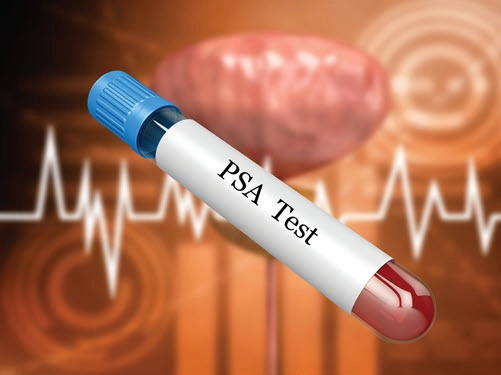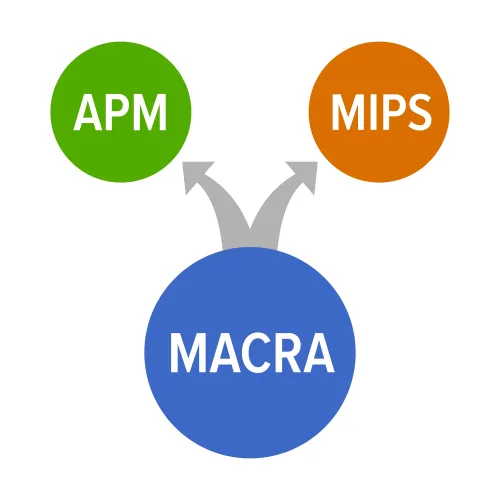Answer 3 Questions for Perfect PSA Test Claims
The reason for the test will guide your choices. When your lab gets a request for a prostate specific antigen (PSA) test, you need to set your gears turning to examine the test order and the test description to make sure you code the claim correctly. Let our experts help you drill down to the information you need for clean PSA claims by answering the following questions. Question 1: What is the Reason for the Test? If you don’t know why the clinician ordered the PSA test, you won’t have the information you need to select the correct diagnosis code. Demonstrating medical necessity for the test with accurate diagnosis code(s) is necessary to get your claims paid. Screening or diagnostic: Insurers cover PSA tests as a screening for prostate cancer under some circumstances, as well as for diagnostic testing following cancer treatment, or to investigate signs or symptoms of disease such as urinary hesitancy or frequency. That means you must ascertain the reason for the test. For a screening test when the patient presents with no signs or symptoms of disease, you should report code Z12.5 (Encounter for screening for malignant neoplasm of prostate). Positive findings: If the lab test finds an elevated PSA level, the medical record should show R97.20 (Elevated prostate specific antigen [PSA]) in addition to codes for why the clinician ordered the test. Diagnostic: If the clinician orders a diagnostic PSA test based on signs and symptoms, you’ll need to translate those details into the appropriate ICD-10-CM code, such as one of the following: Clinical factors focus dx: If the ordering physician notes clinical factors, such as an enlarged prostate, but the PSA test results are normal, the clinician may report the case as either N40.0 (Benign prostatic hyperplasia without lower urinary tract symptoms) or N40.1 (Benign prostatic hyperplasia with lower urinary tract symptoms). Cancer: If the physician orders a PSA test to monitor possible recurrence following prostate cancer treatment, you should list the cancer as the reason for the test (C61, Malignant neoplasm of prostate). If subsequent tests show increasing PSA levels, you may also report R97.21 (Rising PSA following treatment for malignant neoplasm of prostate). When cancer treatment is complete and is no longer the reason for a PSA test, make sure to switch to the personal history code, Z85.46 (Personal history of malignant neoplasm of prostate), for a family history of prostatic cancer. Coding tip: Because medical necessity for a PSA test vary from payer to payer, you should always check your payer’s covered diagnosis list, says Michael A. Ferragamo, MD, FACS, clinical assistant professor of urology, State University of New York, Stony Brook. Question 2: What is the Correct Procedure Code? Unlike coding for most lab tests, the reason the clinician orders the test determines which procedure code(s) you use. That’s why you need to answer Question 1 before you move on to Question 2. Reason: If the clinician orders a diagnostic PSA test, you should turn to one of the following CPT® codes: For a screening test, on the other hand, you should turn to HCPCS Level II code G0103 (Prostate cancer screening; prostate specific antigen test (PSA)) if the payer is Medicare or possibly other payers. Method: With three CPT® codes for a PSA lab test, you need to know what fraction the lab test identifies so you can choose the appropriate code. Total PSA (84153) is the most common blood PSA level that clinicians use as an indicator of prostate cancer. Alternatively, the clinician may order a test for the complexed PSA (84152), which is the fraction bonded to proteins in the blood, or free PSA (84154), which is the approximately 10 percent of the antigen that is not bound to proteins in the blood. Pitfall: If the lab tests for both total and free PSA, then calculates the complexed fraction, you should not separately report 84152 for the calculated value. Question 3: When Was the Last PSA Test? Medicare covers PSA testing once every year for men over 50. That means you need to ensure that the patient hasn’t had a PSA test within the past 12 months if you expect payment for a test ordered with Z12.5 as the only diagnosis. ABN: If you’re not sure when the patient last had a screening PSA test, you should get a signed Advance Beneficiary Notice of Noncoverage (ABN) so that you can bill the patient for the test if Medicare rejects the claim. If your lab performs a diagnostic PSA test, you don’t have to consider the testing frequency when you file a claim.





